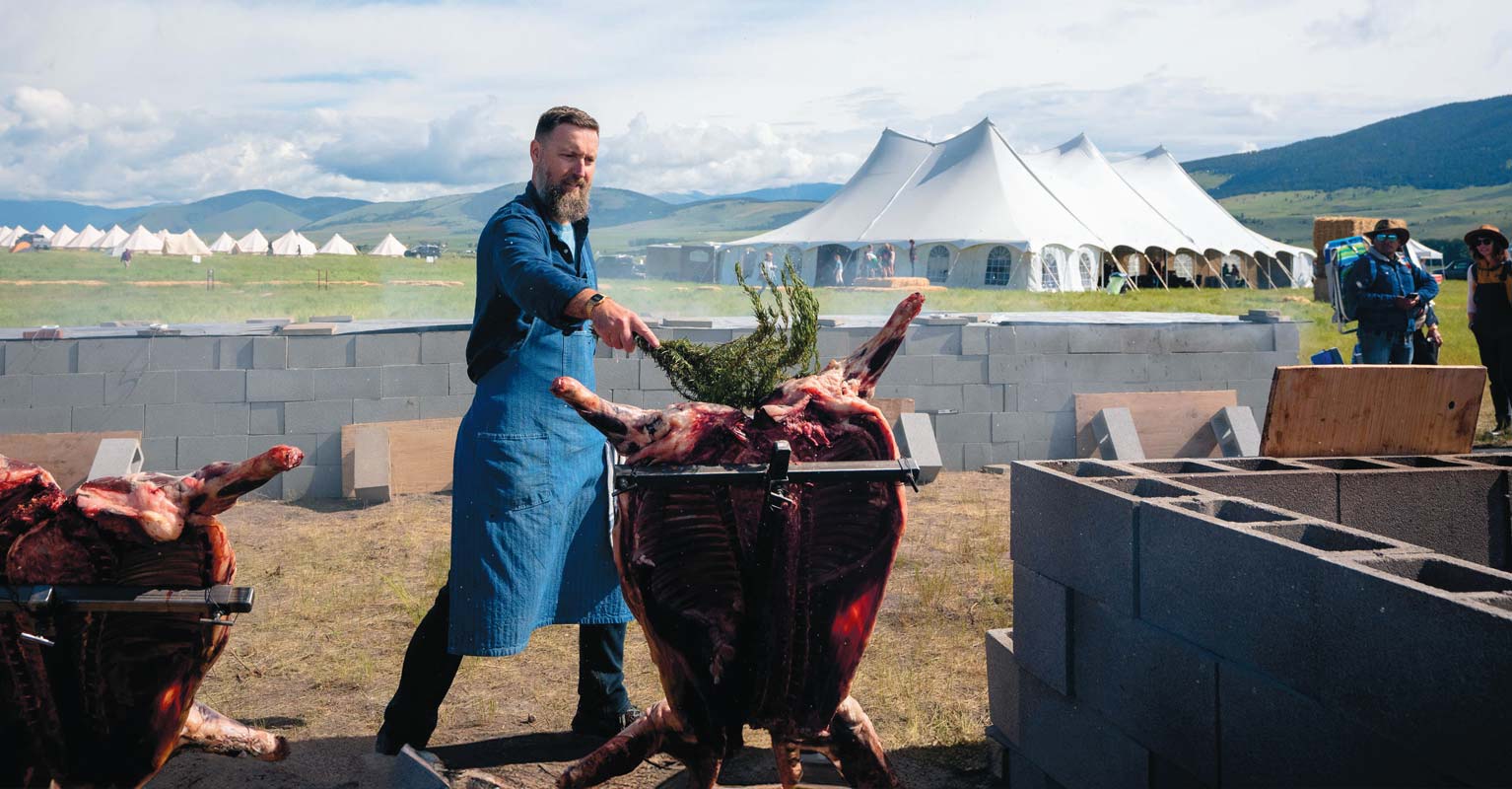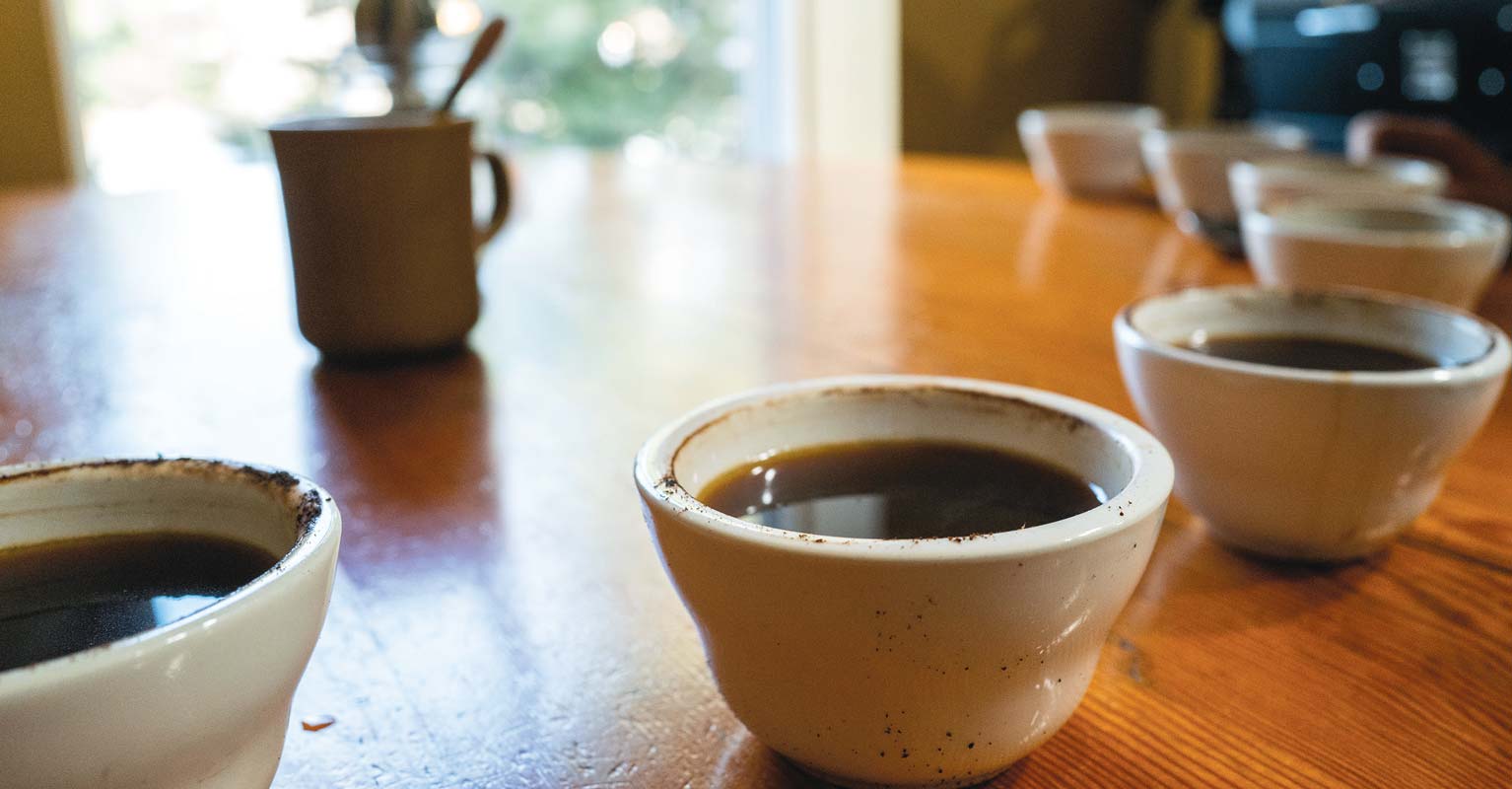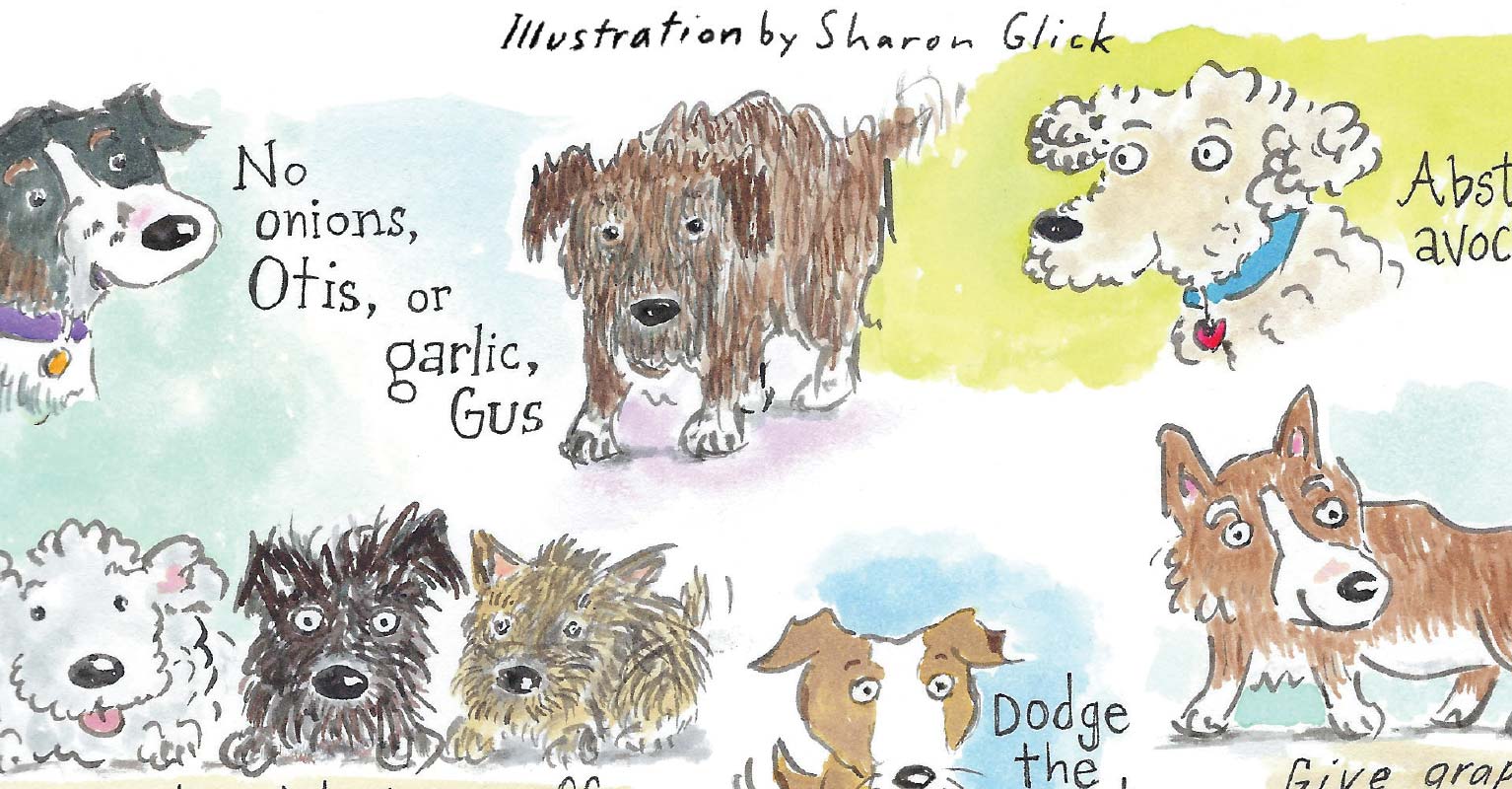Driving north from Bozeman to Choteau, the easternmost stretches of Montana’s Rockies casually release from their bouldered inclines and winding passes into a gentler landscape. From Helena onward for 100 miles, vast blankets of cropland and pastures softly billow and ease into the coulees and creeks leisurely shaping the north country. The journey is a surrender to subtler views, a submission to not getting anywhere anytime soon. Choteau itself is bound in all directions by this same expanse. But just miles east of town, amid swathes of predominantly conventionally farmed land, sits a small acreage revered and maintained a bit differently by its owners.
WILDLIFE ENHANCEMENT
It’s mid-September and the smoke from an otherwise almost clear fire season still clings idly to the horizon. By pickup, Judy Cornell leads me from her downtown mill eastward to her fields, stopping frequently to admire the wildlife along the way. One stop is for a pair of nesting bald eagles she’s kept tabs on over the years. On another, she takes a minute to observe a distant herd of antelope, stepping out of her truck with binoculars in hand to explain that she, a hunter for years, has drawn her first antelope tag this season.
This love of hunting was, in fact, what first drew Judy along with her husband, Jeff , to purchase their 320-acre plot back in 2008. With a mutual regard for wildlife, and never initially intending to farm themselves, the Cornells paid the neighboring Hutterite colony to custom farm the land and spent the first several years with their minds set on wildlife enhancement. They started building out small ponds that could serve as training areas for bird-hunting dogs while providing habitat to native wildlife. And in partnership with the Natural Resources Conservation Service, they began planting rows of shrubs and trees known as shelterbelts, providing needed coverage for nesting fowl while simultaneously protecting their land from the damages of wind and erosion. These belts are also a pollinator’s Eden, brimming with everything from honeysuckle and wild rose to currants, chokecherry, and lilac.
HEALTHY SOIL, HEALTHY FOOD
It wasn’t until 2012 that Judy began to take a closer look at how their land was being farmed. The soil samples from previous years suggested the soil’s pH was trending upward, making it harder for her crops to consume necessary nutrients, while its organic matter, and therefore ability to store nutrients, was trending downward. Judy was compelled to make a change to the management of the land.
“Once I started learning about soil health, I was really fascinated by farming,” she says. “And I’ve always cared about healthy food.”
Although largely unanticipated, Judy’s journey into farming was far from effortless. She began to study regenerative agriculture methodologies. Ten years later, she continues to research practices and attend agricultural conferences and workshops to deepen her insight, humbly explaining that there is much to learn.
Like many others in the area, Judy doesn’t till her land. Instead, after harvest, she leaves what remains of her crops in place to protect the land from erosion and provide nutrients for the soil. While good for the soil, no-till agriculture creates a challenge for weed management; to uproot them by means of plowing—the primary solution in most organic operations—would mean losing crucial organic matter. Instead, Judy has planted complex crop rotations, while attempting to minimize the use of herbicides and eliminate the use of fungicides. To name only a few benefits, this heavy rotation encourages better water infiltration into the soil, assists in crop disease prevention, produces higher crop yields, and, ultimately, leads to more nutrient-rich grain.
In 2019, Judy partnered with a local fourth-generation farmer, Sam Armstrong, and together they continue to implement and experiment with regenerative practices. Intention is key. “There are a lot of ways to farm,” she says. “I think the important thing is to try, to be committed to soil health.”
Like many others in the area, Judy doesn’t till her land. Instead, after harvest, she leaves what remains of her crops in place to protect the land from erosion and provide nutrients for the soil.
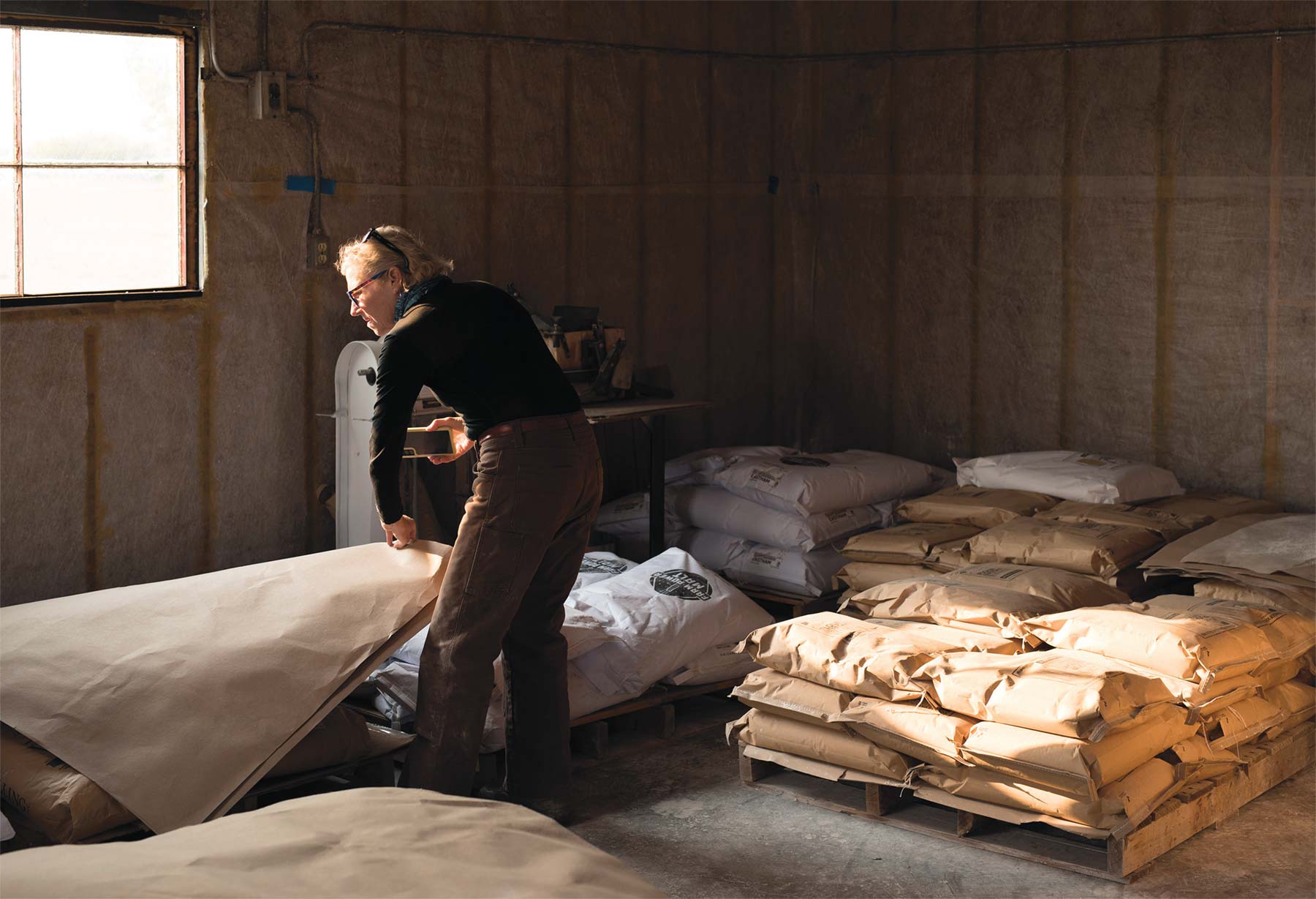
CONSERVATION GRAINS
As with her journey into farming, Judy never really foresaw a future in milling the grain she now has a hand in producing. It wasn’t until 2017, while selling currants from her shelterbelts to a Helena distillery, that she seriously considered packaging and selling grain locally. She was gifted a mill the following year and her enthusiasm for the whole process grew as she learned more about different grains and the correlation between their nutritional value and soil health.
“Conservation Grains began somewhat accidentally, but the impetus was always to find alternatives to commodity agriculture,” she says. “A business adviser observed that we are trying to de-commodify Montana grain. I like the idea.”
The Conservation Grains mill is a bright space tucked away in the back of a former bank building. The walls are lined with expressionist landscape paintings that Judy brought from home. Here, she and a few part-time employees use two eight-inch stone mills to mill grain from Judy’s farm and other farms in central Montana into fl our, and then package that fl our for distribution. Judy moved her milling operation into town in 2021—a big step up from her former space, a small garden shed she worked out of for about three years.
Judy supplies her nutrient-dense flour blends—created as a result of her own baking experimentation—to a range of beloved Montana businesses including Wild Crumb, Livingston Community Bakery, and Blackbird Kitchen. Her freshly milled flours are also available to order online and she delivers to Bozeman about once a month. In years to come, Judy hopes to expand her operation with a few more employees, purchase a third stone mill, and eventually expand into other communities. “The educational part is something I care about,” she says. “I would like people to experience whole-grain bread and realize how good it is, and how much flavor it has.”
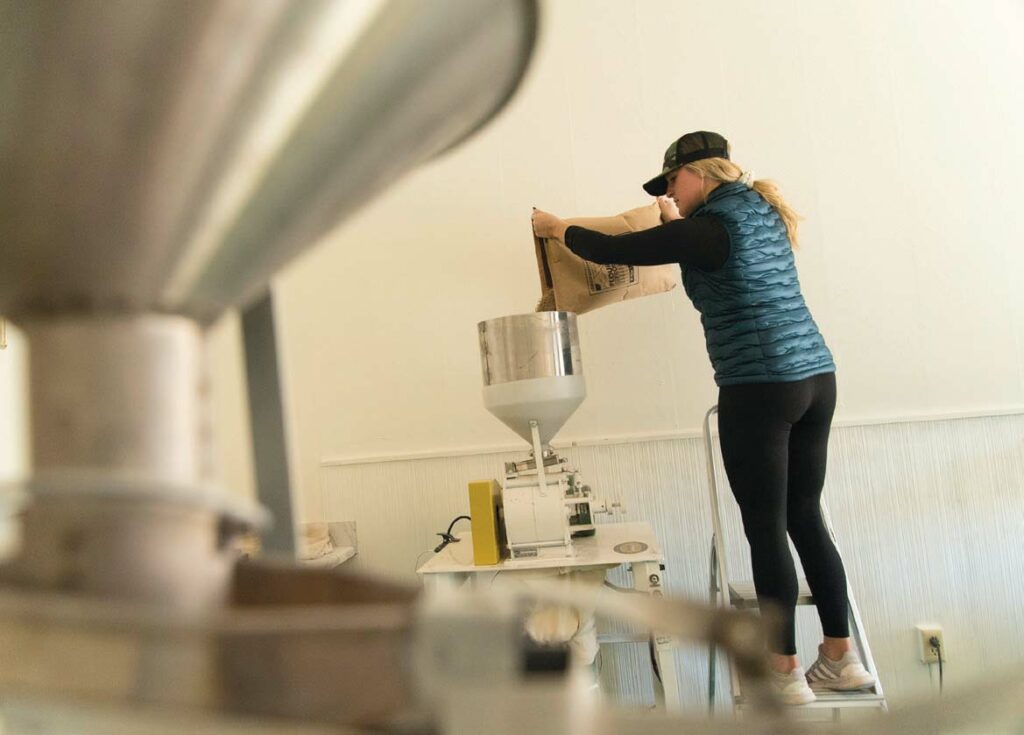
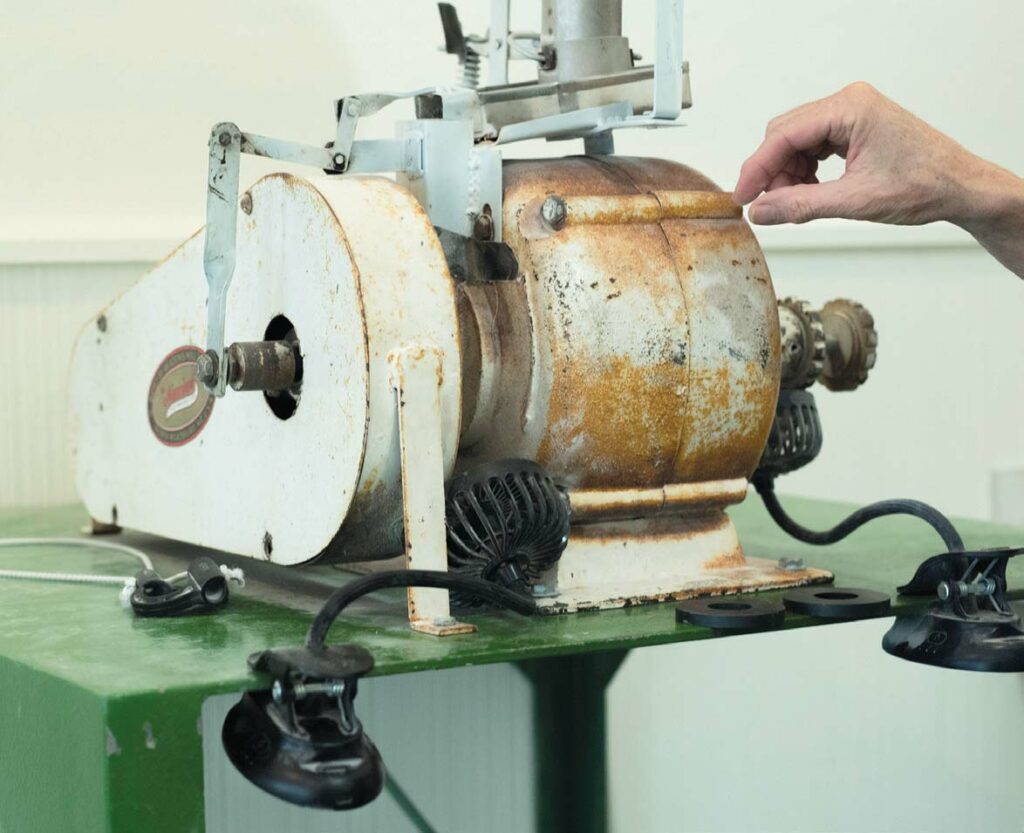
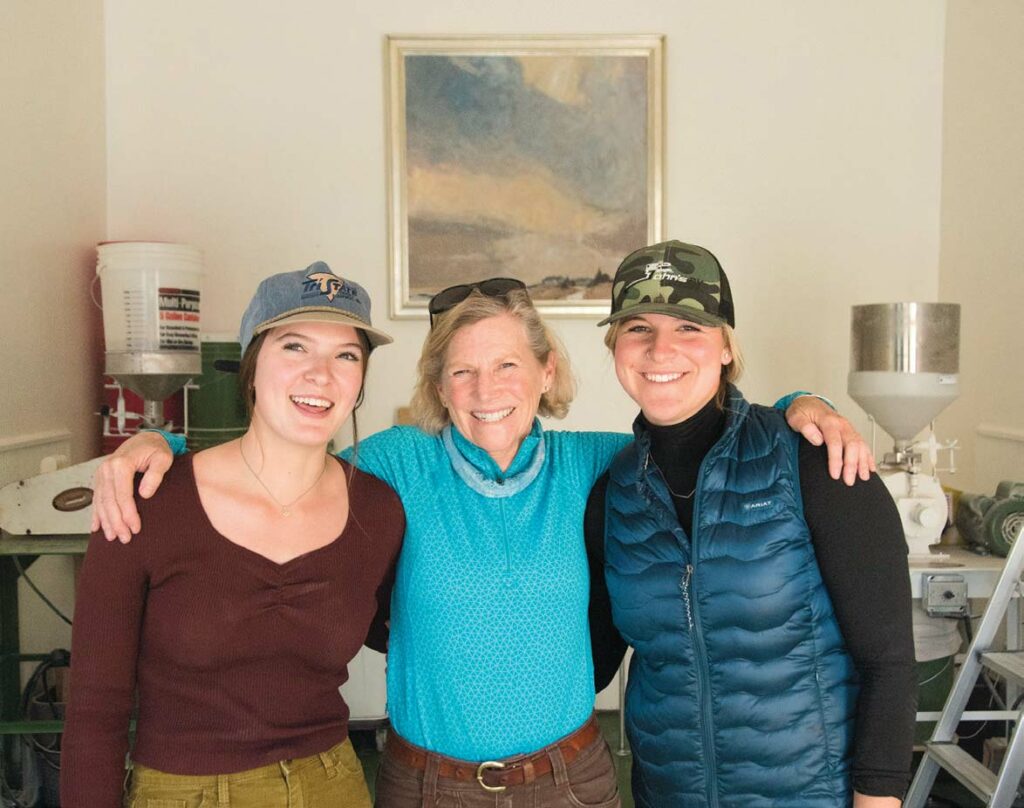
FULL CIRCLE
As dusk settles over our visit, I follow Judy from her fields back to town. Stopping on the road to get out of her truck once more, quieter this time, she ushers me down the road a few paces. Resting silently in a shelterbelt of Russian olive is a mature whitetail buck, unaware for some time of our delighted presence. Later, I remark on her good eye. “I’m a hunter,” she says coyly.
Impressed upon me now, looking back on this and other moments during my time with her, is Judy’s embodiment of the cyclicity of our food systems and of the natural world. Her love of hunting connecting her to a pursuit of natural habitat restoration, her reverence for the land, how it is fed, and how it in turn feeds us, and her certainty in the idea that something as simple as eating good bread can tie it all together.
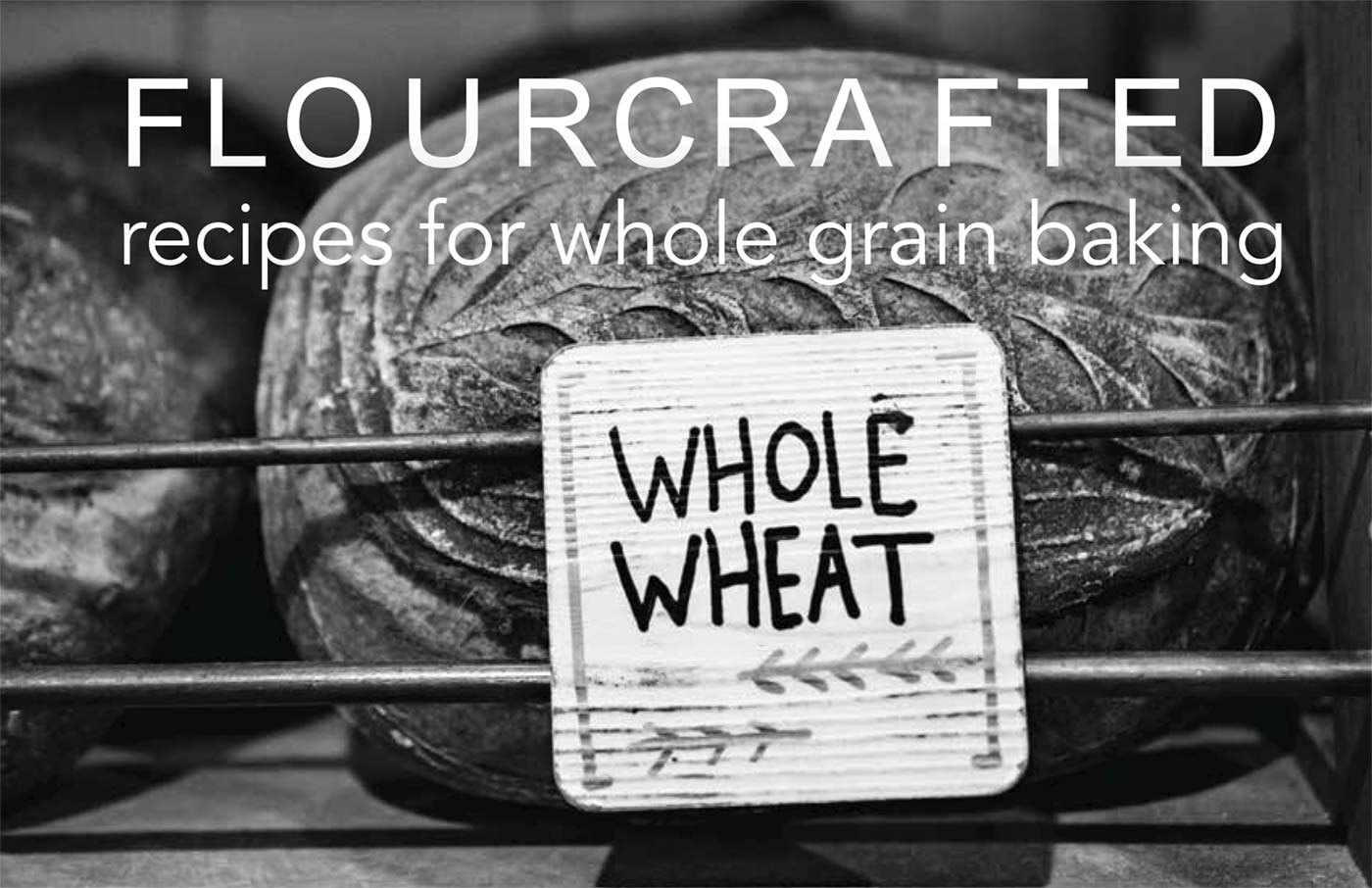
A CELEBRATION OF WHOLE GRAIN
Judy Cornell recently released Flourcrafted: Recipes for Whole Grain Baking as one facet of her educational programing through Conservation Grains. This selection of 14 recipes features the use of 10 whole-grain flours and is intended to help people feel more confident in the kitchen and to enjoy the great flavors of freshly stone-ground grains that are grown in Montana.
As much a tribute to whole grains as it is to the Montana community, Flourcrafted features photos of one of Cornell’s greatest supporters, Jessie Arian at Wild Crumb Bakery in Bozeman. Local photographer Jason Thomson and designer Sonia Williamson from EssEffect helped create this beautiful book. Cornell says the Bozeman area, in particular, has been widely supportive of Conservation Grains.
Flourcrafted is available at Root Cellar Foods’ online market, in Bozeman at Wild Crumb and Mishca’s, and in Belgrade at Duke’s Cafe and Bakery.


